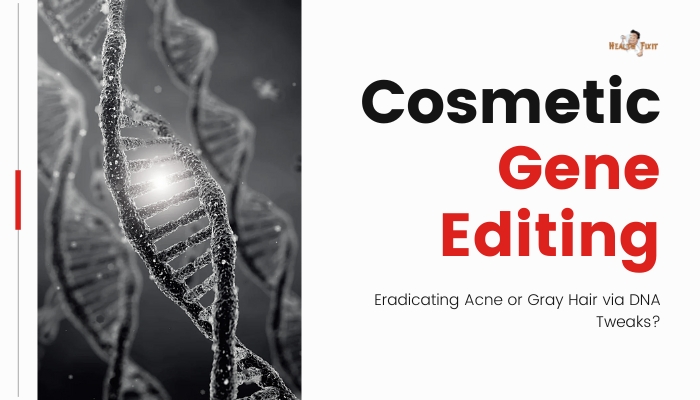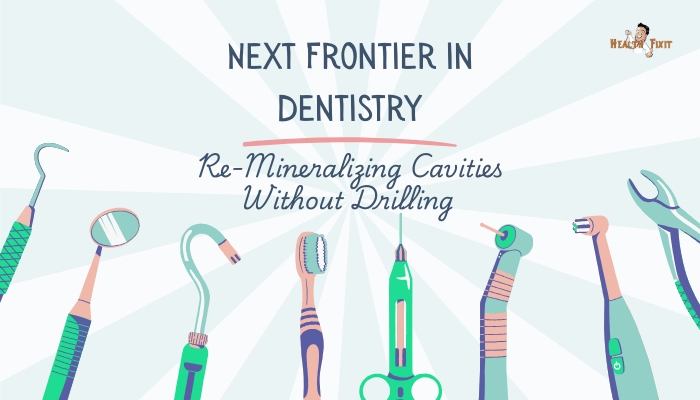Introduction
When people think of gene editing, they often picture serious disease cures—targeting inherited disorders or life-threatening mutations.
Yet, interest is surging in a different arena: cosmetic applications of genome tweaking. From permanently banishing acne-causing bacteria to stalling or reversing hair graying,
researchers contemplate how tools like CRISPR might shape the future of aesthetic medicine. Such possibilities spark excitement—and deep ethical debates.
Could “perfect” skin or eternal hair color truly be at hand? This article explores the cutting edge of cosmetic gene editing,
the science behind it, and the dilemmas we may face if DNA modifications become part of our beauty routine.
The Science of Cosmetic Gene Editing
CRISPR and Genetic Tweaks
CRISPR-Cas9 and related systems act like molecular scissors, allowing precise cuts at targeted DNA sites. By knocking out or correcting certain genes,
scientists can, in principle, influence traits previously deemed purely “cosmetic,” such as hair pigmentation or sebum production (linked to acne).
Mechanisms in Acne and Gray Hair
- Acne: Hormonal changes, excess sebum, and certain bacterial strains (like Cutibacterium acnes) contribute to outbreaks. Genetic modifications might reduce sebaceous gland activity or alter bacterial binding sites on skin cells.
- Gray Hair: Melanocytes in hair follicles lose pigment over time. If gene editing can maintain or restore key melanin-related enzymes or stave off oxidative stress, it could delay the onset of gray hair.
Potential Benefits and Motivations
Long-Term or Permanent Solutions
Standard treatments (topical creams for acne, dye for gray hair) require constant upkeep. By contrast, genetic fixes might offer a one-time or limited treatment course—if safe and effective. This eliminates ongoing routines, saving costs and hassle.
Boosted Self-Esteem
Acne scarring or early graying can impact self-image. Even if these aren’t life-threatening, severe cases can hamper mental well-being. Gene editing could present a lasting solution, giving individuals relief from persistent insecurity.
Cosmetic gene editing can push dermatology beyond symptom management—like hormone-based therapies for acne or chemical dyes for hair—toward fundamental modifications of the underlying biology.
Ethical and Safety Considerations
The Risk-Benefit Equation
Altering genes for non-medical reasons can pose unknown long-term risks—off-target mutations, heritable changes
or unanticipated side effects. Since acne and graying aren’t life-threatening, the tolerance for complications is lower. This necessitates robust safety data and oversight.
Social and Psychological Impacts
If cosmetic gene editing becomes accessible, social norms around aging or “acceptable” appearances may shift. People might feel pressured to “fix” normal aging processes, fueling further body-image issues and potential inequities between those who can afford such interventions and those who cannot.
Regulatory and Moral Debates
Regulators typically weigh gene editing for serious disease cures differently than for enhancements or cosmetic changes.
Expanding the scope to “vanity” applications raises moral questions: should scarce scientific and clinical resources address cosmetic preferences? Or does personal autonomy trump concerns?
Current State of Research
Acne-Focused Trials
While direct human trials for gene-editing solutions to acne are not yet prominent, some labs investigate how modulating certain genes or bacterial adhesion molecules might reduce breakouts.
At present, more feasible strategies revolve around engineered phages or microbiome edits, not direct CRISPR modifications of skin cells.
Gray Hair Studies
The biology of hair pigmentation is complex, involving melanin production, oxidative stress, and stem cell longevity in follicles.
Early research in mice explores upregulating protective genes or reactivating dormant melanocytes. Yet moving from proof-of-concept to a safe, scalable therapy in humans will take significant time.
The Future of Cosmetic Gene Editing
Precise and Non-Invasive Approaches
Rather than invasive procedures, emerging “topical CRISPR” or injection-based gene therapies might deliver edits specifically to hair follicle cells or sebaceous glands, minimizing systemic exposure. Nanoparticles or viral vectors could help target relevant tissues only.
Personalizing Treatments
Genetic predispositions vary—some might have a strong family history of early gray hair, while others suffer from persistent, scarring acne. By analyzing an individual’s genetic profile, future solutions could customize which genes to tweak, ensuring maximum efficacy and minimal risk.
Holistic Integration with Aesthetic Medicine
As acceptance of aesthetic procedures (e.g., Botox, fillers) grows, gene editing might become an advanced tier. However, the technology might remain costly and niche. Over time, if safe and heavily regulated, it could find a place among standard cosmetic or dermatological offerings.
Practical Takeaways
- Timeline: Cosmetic gene editing is still hypothetical or in preclinical stages—any real therapies for acne or hair color remain years, if not decades, away.
- Ethical Reflection: Potential consumers should weigh the meaning of artificially halting natural processes like aging or teenage acne.
- Safer Alternatives: If seeking aesthetic improvements, proven noninvasive approaches (skincare routines, healthy diets, or minimal laser-based therapies) remain the current standard.
- Monitor Developments: Keep an eye on official clinical trials or regulatory approvals; be cautious of unverified “gene editing clinics.”
Conclusion
While “cosmetic gene editing” might still sound like science fiction, the building blocks are emerging.
CRISPR breakthroughs and deeper knowledge of hair pigmentation or acne pathogenesis hint at a future where we might tweak specific genes to preserve youthful hair or clear complexions. Yet beyond scientific feasibility, these interventions raise ethica
l, safety, and societal questions around the line between self-improvement and unbridled enhancement. If done responsibly—with thorough validation, constraints, and personal choice—they could open a new frontier in aesthetic medicine. Until then, time-tested solutions remain, with the promise of more radical (and carefully regulated) options on the horizon.
References
- Ishino Y, Krupovic M, Forterre P. History of CRISPR–Cas from discovery to the present. Nat Rev Microbiol. 2018;16(4):225–234.
- Lichman B, Godwin J, Banff F, Connelly L. Potential for CRISPR-based cosmetic interventions in dermatology. Exp Dermatol. 2021;30(7):991–998.
- Sato N, Ebihara T, Kato Y, Matsuoka Y. Genetic factors influencing gray hair onset: a review. Int J Trichology. 2020;12(1):1–8.
- Williams CJ, Orlow SJ, Freedberg IM. Hair biology and the genes behind hair color and graying. Clin Dermatol. 2019;37(5):410–416.
- Bortolanza S, et al. CRISPR/Cas9 gene editing in the skin: potential therapies for inherited and cosmetic conditions. Mol Ther Methods Clin Dev. 2020;18:569–582.
- Kim H, et al. Ethical aspects of applying gene editing for non-therapeutic enhancements. J Med Ethics. 2021;47(5):378–384.
- Zhao J, Yang Y, Cohen BA. Genetic influences on acne pathogenesis: a current overview. J Am Acad Dermatol. 2021;85(6):1455–1463.
- Fuchs E. Skin biology: new frontiers for CRISPR. Nat Rev Mol Cell Biol. 2021;22(12):767–781.
- Kleinstiver BP, Joung JK. The potential of gene editing for personalizing cosmetic procedures. Plast Reconstr Surg Glob Open. 2020;8(5):e2839.
- National Academies of Sciences, Engineering, and Medicine. Human Genome Editing: Science, Ethics, and Governance. Washington, DC: National Academies Press; 2017.



